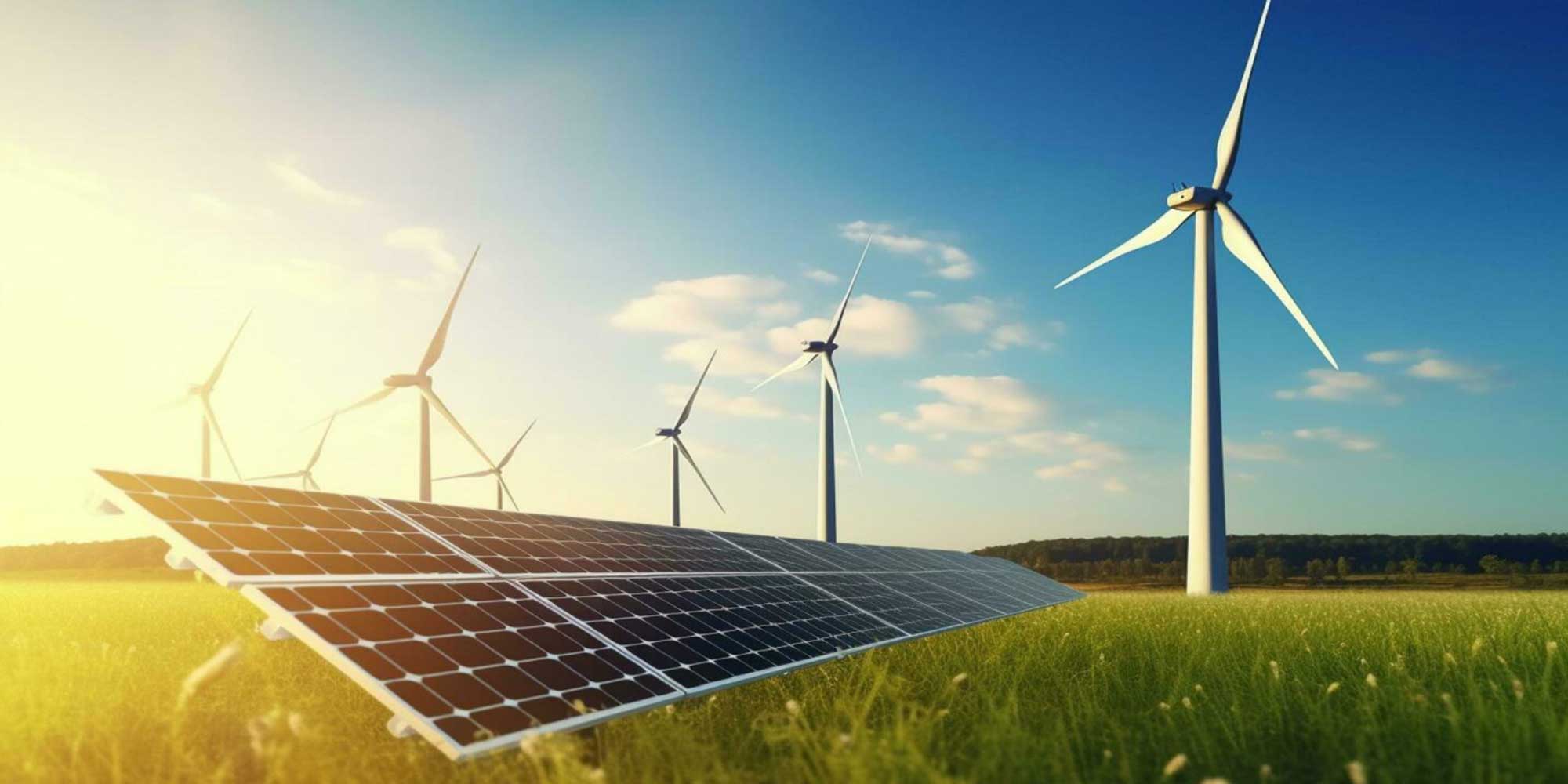Introduction
Self-cleaning coatings have emerged as a cost-effective solution for maintaining the efficiency of solar panels while minimizing maintenance efforts. Let’s explore how these innovative coatings can significantly reduce maintenance costs for solar panel owners.

1. Elimination of Manual Cleaning:
One of the primary benefits of self-cleaning coatings for solar panels is their ability to eliminate or drastically reduce the need for manual cleaning. Traditional cleaning methods, such as washing with water or using chemical solvents, can be time-consuming, labor-intensive, and costly. Self-cleaning coatings leverage hydrophobic or superhydrophobic properties to repel dirt and debris, allowing rainwater to easily wash away contaminants without the need for manual intervention. By minimizing the frequency of cleaning cycles, these coatings save time and labor costs associated with maintenance activities.
2. Reduction in Water Usage:
Manual cleaning of solar panels often requires large quantities of water, especially in regions with dry or arid climates. By reducing or eliminating the need for manual cleaning, self-cleaning coatings help conserve water resources and minimize water consumption associated with solar panel maintenance. This not only reduces water bills for solar panel owners but also promotes environmental sustainability by mitigating the impact of water scarcity.
3. Lower Labor Costs:
The labor costs associated with manual cleaning of solar panels can be significant, especially for large-scale solar installations or systems located in remote areas. Self-cleaning coatings eliminate the need for labor-intensive cleaning activities, reducing labor costs and freeing up personnel for more productive tasks. Whether installed on residential rooftops or commercial solar farms, self-cleaning coatings offer a cost-effective solution for maintaining clean and efficient solar panels with minimal labor input.
4. Extended Maintenance Intervals:
Self-cleaning coatings help extend maintenance intervals for solar panels by keeping them clean and efficient for longer periods between cleanings. By preventing the accumulation of dust, dirt, and other contaminants, these coatings ensure consistent performance and reduce the frequency of maintenance activities. This not only saves time and labor but also reduces wear and tear on the panels, prolonging their lifespan and reducing the need for repairs or replacements over time.
5. Overall Cost Savings:
The combination of reduced manual cleaning, lower water usage, decreased labor costs, and extended maintenance intervals results in significant overall cost savings for solar panel owners. While there may be upfront expenses associated with the installation of self-cleaning coatings, the long-term savings outweigh the initial investment, making them a financially viable option for enhancing the efficiency and sustainability of solar energy systems.
Conclusion:
Self-cleaning coatings for solar panels offer a cost-effective solution for reducing maintenance costs and maximizing the efficiency of solar energy systems. By eliminating the need for manual cleaning, conserving water resources, lowering labor costs, and extending maintenance intervals, these coatings provide substantial overall cost savings for solar panel owners. As the demand for renewable energy continues to rise, self-cleaning coatings play a crucial role in driving the affordability and accessibility of solar power, paving the way for a cleaner and more sustainable future.